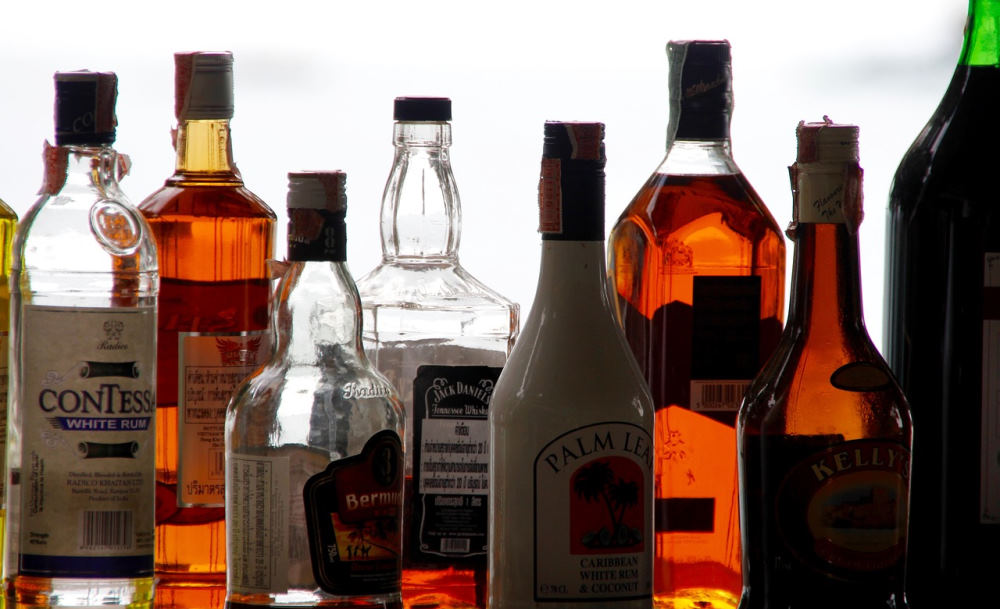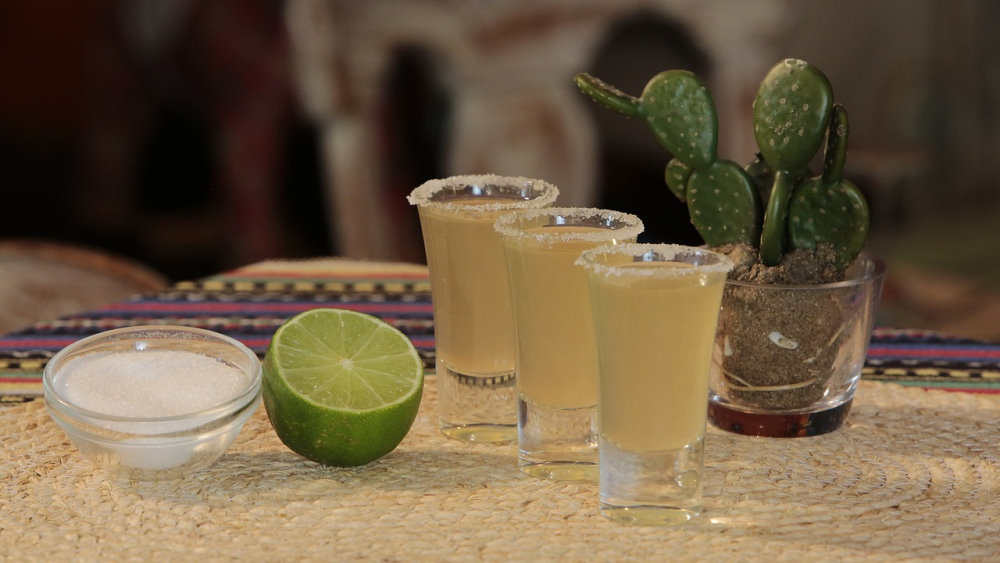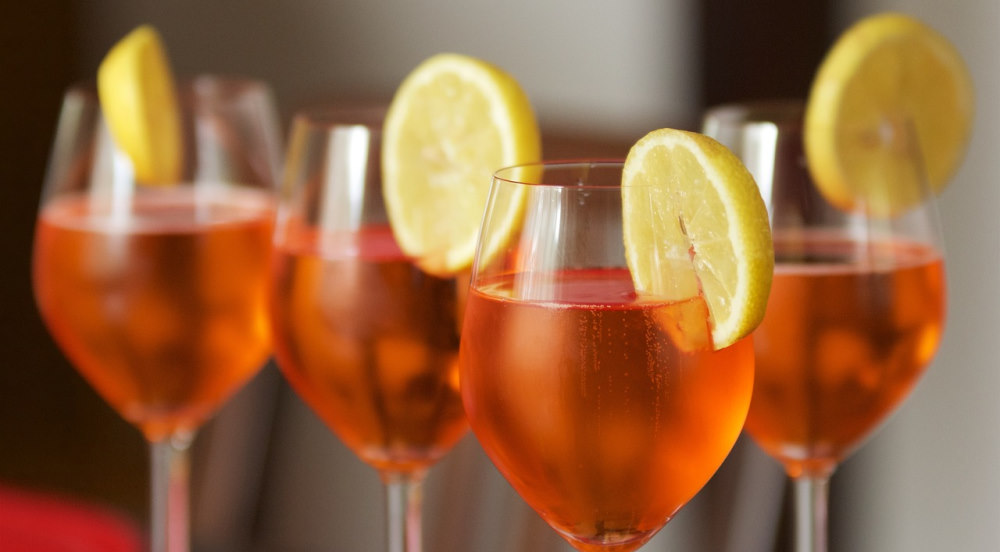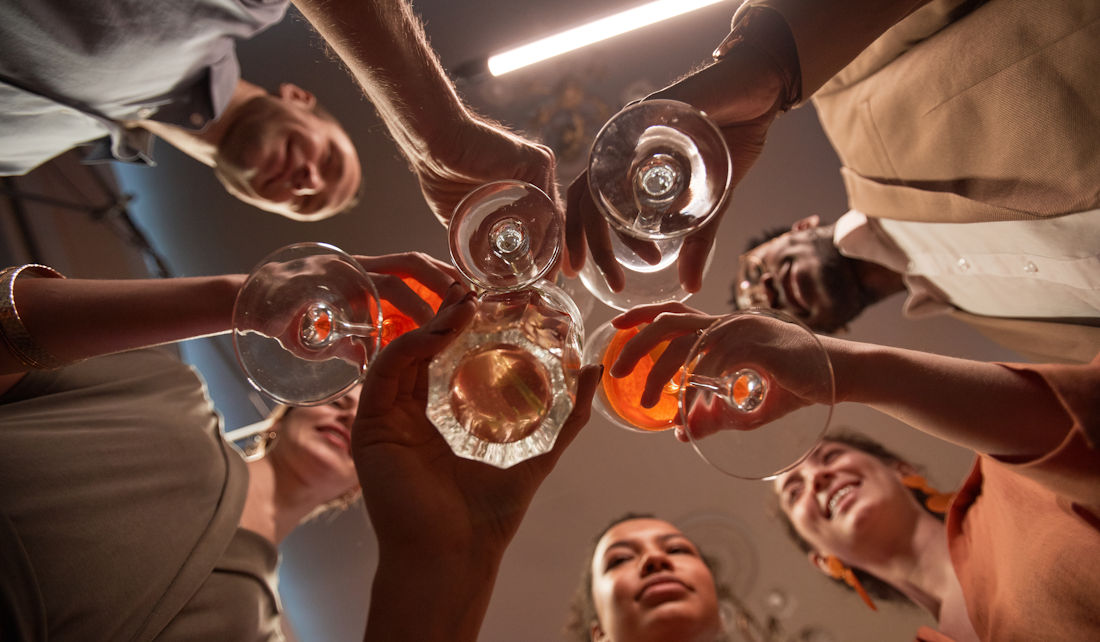People have been drinking alcoholic spirits for thousands of years. Today, the popularity of spirits is holding strong, with the industry embracing timeless classics while creating new variations and infusions all the time.
These days, no matter what spirit you’re looking for you can find hundreds of brands crafting their own versions with a special twist. Whether you prefer drinking over ice, neat (without ice) or in a cocktail, there’s something out there for you.
Welcome to our Spirit Manual for Beginners.
Spirit prices

One thing you’ll notice when walking into your local liquor store is the extreme range in price points. Some bottles will be available for $20, while others will ask for well over $100 – you can really spend whatever you want.
But similar to selecting wine, the price doesn’t tell the whole story. While the quality of ingredients certainly has an impact on price, some brands cost more because of their luxury positioning in the market.
When shopping for a spirit, one thing to keep in mind is the bottle. Glass is expensive to produce, especially in unorthodox shapes, so if the bottle you’re reaching for looks more like a work of art, you might be paying a premium. Packaging is nice, but it’s the stuff inside that matters most.
Proof is another thing that impacts the price of a bottle. A generally accepted rule is the higher the proof, the higher the bang for your buck.
The proof

The proof of a spirit is a measure of the alcohol content, similar to alcohol by volume (ABV), that’s been around for hundreds of years. The higher the proof and ABV, the stronger the spirit. The proof is simply double the ABV, so a spirit with 50% ABV is labelled ‘100 proof’, and is therefore pretty darn strong.
To confuse matters, different countries have their own ways of measuring proof. For example, a bottle from England labelled 100 proof will actually contain 57% ABV. At the end of the day, the ABV is the only measure required by law in both North America and Europe, so just look for that percentage if you’re feeling mixed up.
How to stock your home bar
If you’re new to the world of spirits, you’re probably wondering where to start when it comes to stocking a bar at home. On one hand you want your personal favourites, but you also want versatile options that can create a variety of cocktails. Here are the basics:
Rum

When most people think about rum, they’re transported to a tropical destination. And there’s good reason for that. Made using fermented or refined sugar, rum is typically produced in sugarcane exporting countries like Jamaica, Cuba, Venezuela and the Caribbean.
There are barely any production restrictions on rum, so you’ll find a variety of distilling methods, flavours, and types – including white and dark rum. White is the most common, aged in stainless steel tanks, while dark rum is typically aged in oak barrels with a variety of added spices and flavours.
Gin
Gin is a clear spirit that is bursting with botanical flavours, made from juniper berries, coriander, fruit peels, almond and other natural ingredients. Smelling slightly like perfume, gin is subtly bitter and packed with flavour.
There are two main types of gin – distilled and redistilled. The former is made by distilling a mash or fermented alcohol base similar to whisky. Redistilled is made from a second distillation of another spirit. Both get their flavour (and smell) from botanicals and fruit.
Vodka
Vodka should be a staple in any home bar, thanks to its impressive versatility. This spirit can be made from almost anything, but you’ll find most vodkas distilled from potatoes or grains. Because the production restrictions are almost nonexistent, don’t be surprised to find vodka made from rice, corn or even fruit. On top of the range of production methods, the vodka aisle is also where you’ll find the biggest selection of flavours. Fruit flavours are common, but really anything goes here.
Whiskey
Whiskey is a grain-based spirit with a brown colour, made with corn mash, barley and rye. Similar to bourbon and scotch, whiskey is found in a number of cocktails, whiskey is the essential ingredient in the old fashioned.
There are many types of whiskey, including Canadian whisky (spelled differently), which requires aging in 700-liter wood barrels for a minimum of three years. There’s also Irish Whiskey, Japanese Whisky, Rye Whiskey – the list goes on.
Tequila

Tequila is a Mexican spirit distilled from the sugars on the blue agave plant. From the highlands of Jalisco, the sugar from these plants is fermented, distilled (and sometimes aged), creating a sweet and oaky flavour.
Often enjoyed as a shot with lime, tequila is also the main attraction in a variety of cocktails like the margarita, Martini and tequila sunrise.
Vermouth
Technically, vermouth is a fortified wine and doesn’t qualify as a true spirit. It’s made with all sorts of flavours, spices and botanicals, and comes in two standard varieties – white/dry and classic red. Red vermouth is also known as sweet vermouth, filled with dark flavours like cocoa, toffee and herbs. White or dry vermouth is typically fruity and floral.
If you want to build a complete home bar, vermouth is essential. While vermouth isn’t super popular on its own, it’s used in a surprising number of cocktails from the Martini to the Negroni to the Manhattan.
Extras

The spirits are just one part of the equation when building out a bar in your home. There are a lot of extra ingredients to consider. Bitters are added to many drinks to boost the flavour and provide a kick of spice. Flavoured liqueurs are also helpful to have on hand, along with simple syrup.
A pro home bartender will also keep garnish on hand. In order to complete your cocktail bar quality drinks, keep some fresh fruit, peels and floral garnish nearby. And don’t forget about ice!
If you’re looking to dive deeper into the world of spirits and build out your home bar, come top by a Springs Group liquor store near you. We’ve got great selection and friendly staff, plus monthly promotions and giveaways!



